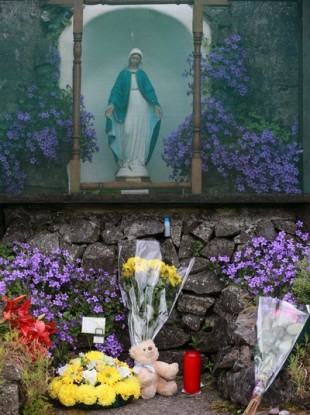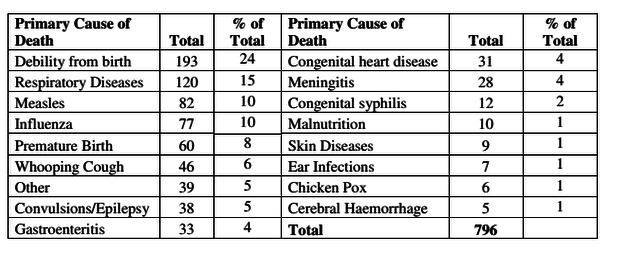Nuns Who Ran Tuam Home Have "No Comment" to Make on Today's Revelations
The Journal
THE RELIGIOUS ORDER that ran the Tuam mother and baby home where human remains have been found said it can make no comment on today’s announcement. It did, however, reiterate its support for the Commission of Investigation into the home. The Bon Secours sisters ran the home until it closed in 1961. All of the records for the home were given to Galway County Council at that time. Today, it was confirmed that a “significant” amount of human remains were found on a site connected to the mother and baby home. The area had been flagged as a possible mass burial site by researcher Catherine Corless. When asked for a statement on the issue, the nuns said: The Bon Secours sisters are fully committed to the work of the Commission regarding the mother and baby home in Tuam. On the closing of the Home in 1961 all the records for the Home were returned to Galway County Council who are the owners and occupiers of the lands of the Home. We can therefore make no comment on today’s announcement, other than to confirm our continued cooperation with and support for the work of the Commission in seeking the truth about the home. A Commission of Investigation was established by the Government to look into mother and baby homes and county homes. Email row In October 2014, an email was sent by the public relations representative for the Bon Secours sisters, Terry Prone, about the site. Documentary maker Saskia Weber had asked the nuns to take part in filming about mother and baby homes in Ireland. The high-profile PR representative said in response: Your letter was sent on to me by the Provincial of the Irish Bon Secours congregation with instructions that I should help you. I’m not sure how I can. Let me explain.When the “O My God – mass grave in West of Ireland” broke in an English-owned paper (the Mail) it surprised the hell out of everybody, not least the Sisters of Bon Secours in Ireland, none of whom had ever worked in Tuam and most of whom had never heard of it. If you come here, you’ll find no mass grave, no evidence that children were ever so buried, and a local police force casting their eyes to heaven and saying “Yeah, a few bones were found – but this was an area where Famine victims were buried. So?” Several international TV stations have aborted their plans to make documentaries, because essentially all that can be said is “Ireland in the first half of the twentieth century was a moralistic, inward-looking, anti-feminist country of exagerrated religiousity.” Which most of us knew already.The overwhelming majority of the surviving Sisters of Bon Secours in Ireland are over eighty. The handful (literally) still in active ministry are in their seventies. None of them is an historian or sociologist or theologian and so wouldn’t have the competence to be good on your programme. If you’d like me to point you at a few reputable historians who might be good, I’ll certainly do that. Terry Prone (Ms) Chairman The Communications Clinic Speaking to TheJournal.ie at the time, Prone confirmed she had sent the email, but said there was “absolutely no difference” between the substance of it, and public pronouncements made by the Bon Secours sisters. “The sisters never knew anything about it,” she added at the time. Speaking today, Prone told Today with Sean O’Rourke on RTE about the site: ”It looks like there is a whole lot more to it”. Prone said when she wrote to the producer she said ‘you won’t find that’, as a commission was needed to get the work done on the site to determine what happened. She added that “nobody expected the kind of numbers that are being revealed today, clearly there was extensive burial. I am fascinated by the commission’s use of the phrase ‘in this way’ because it sounds like it was a disrespectful mass burial rather than a proper burial… I don’t know what to make of that” She said questions that need to be asked are how many children were buried; and is that disproportionate to the number of children and toddlers who would have been dying in the population at this time; and what did they die of. Documents show that the death rate of babies at the home was significantly higher than that at other homes around the country. Figures from the National Archives showed that 31.6% of babies under the age of one at Tuam died over the course of one year. In other homes, that rate was 17%. Causes of death included bronchitis, convulsions, and congenital syphilis.
|
.
Any original material on these pages is copyright © BishopAccountability.org 2004. Reproduce freely with attribution.

